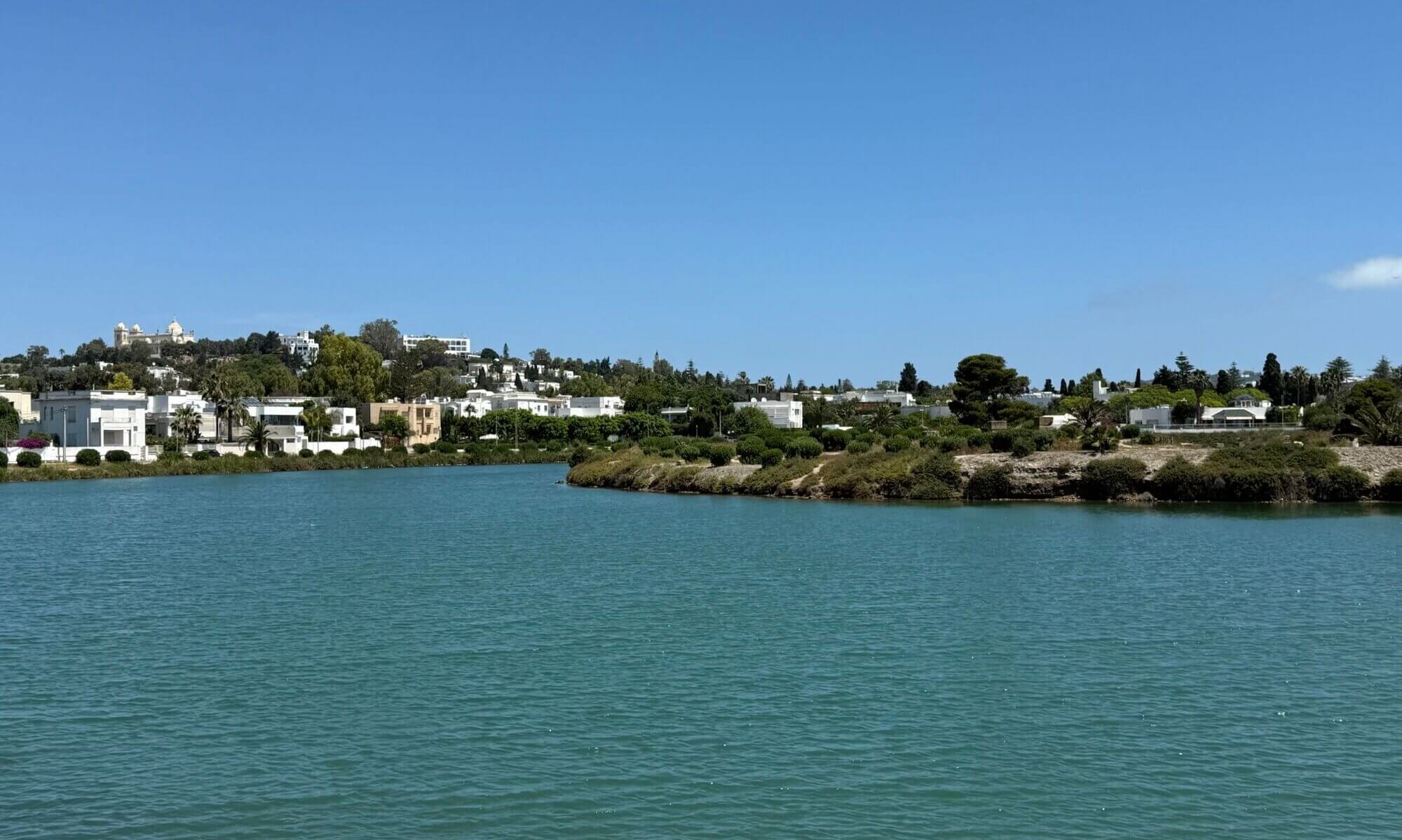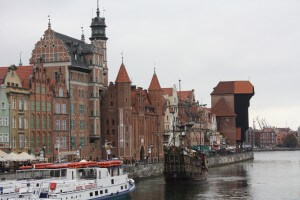Gdańsk (Danzig) is a beautiful bead close to the Baltic, on the far northern east of Poland, only 160 km away from Kaliningrad (Königsberg). It has a wonderful old city center with small streets and narrow houses, fantastic gates (like the Brama Zielona) and churches. And lots of history to discover!
The city, dating back to 1224, was first taken over by the German Order in 1308. Later it became part of Prussia, with the Treaty of Versailles Gdańsk got an independant free city under supervision of the League of Nations. The German attack on a Polish ammunition depot on Westerplatte was the start of World War II, Danzig became part of the Deutsches Reich and after the war part of Poland.
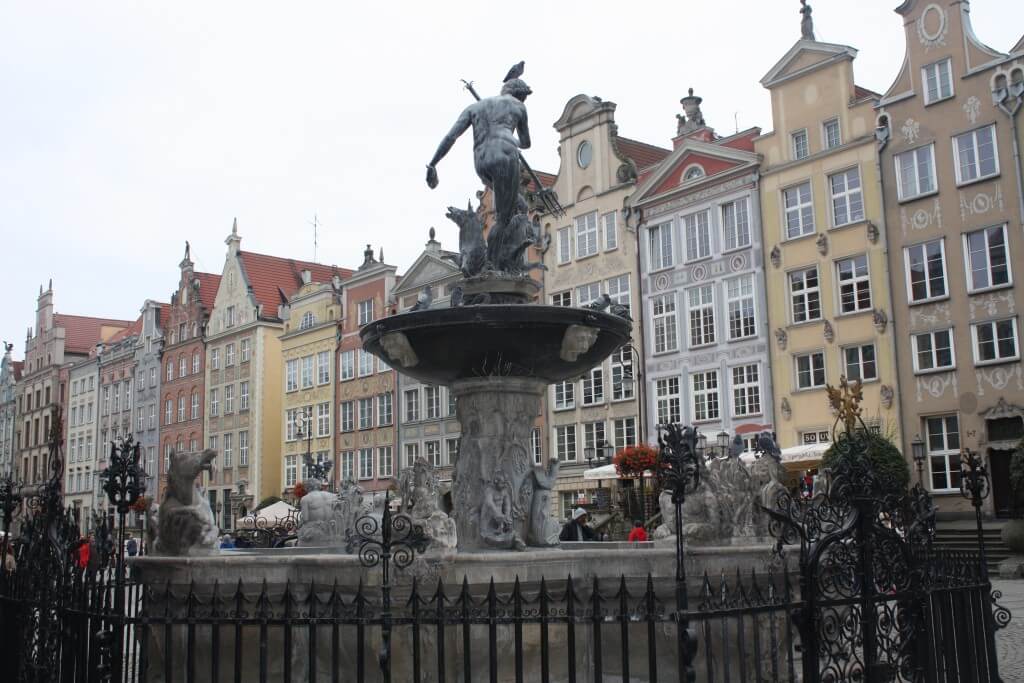
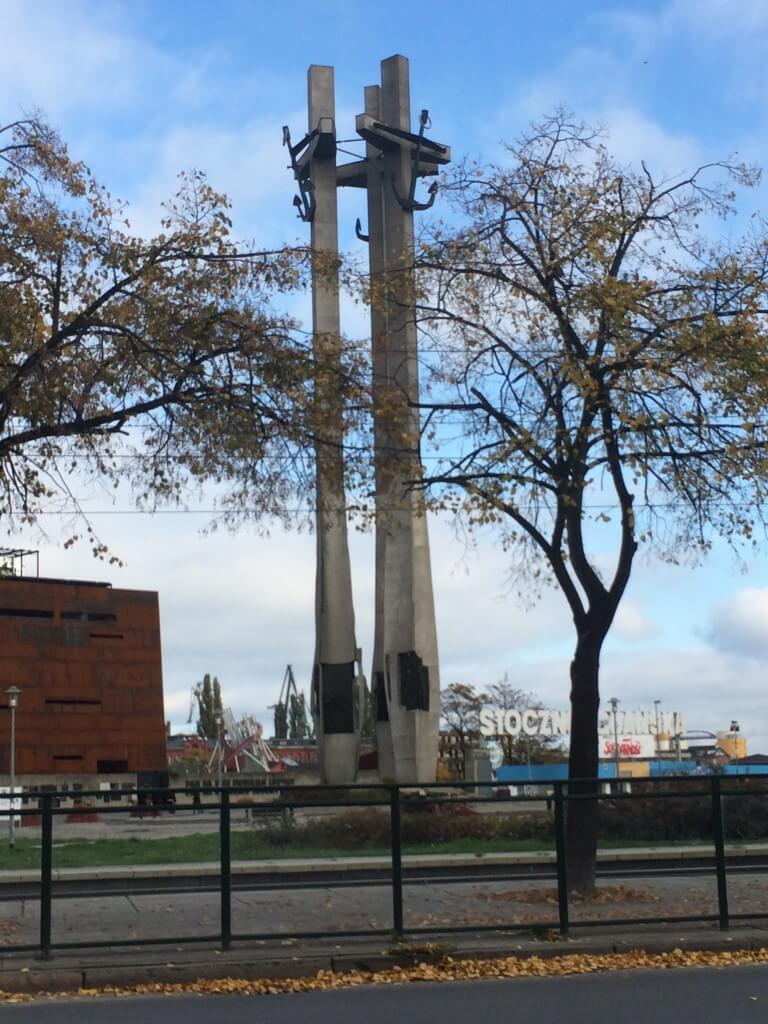
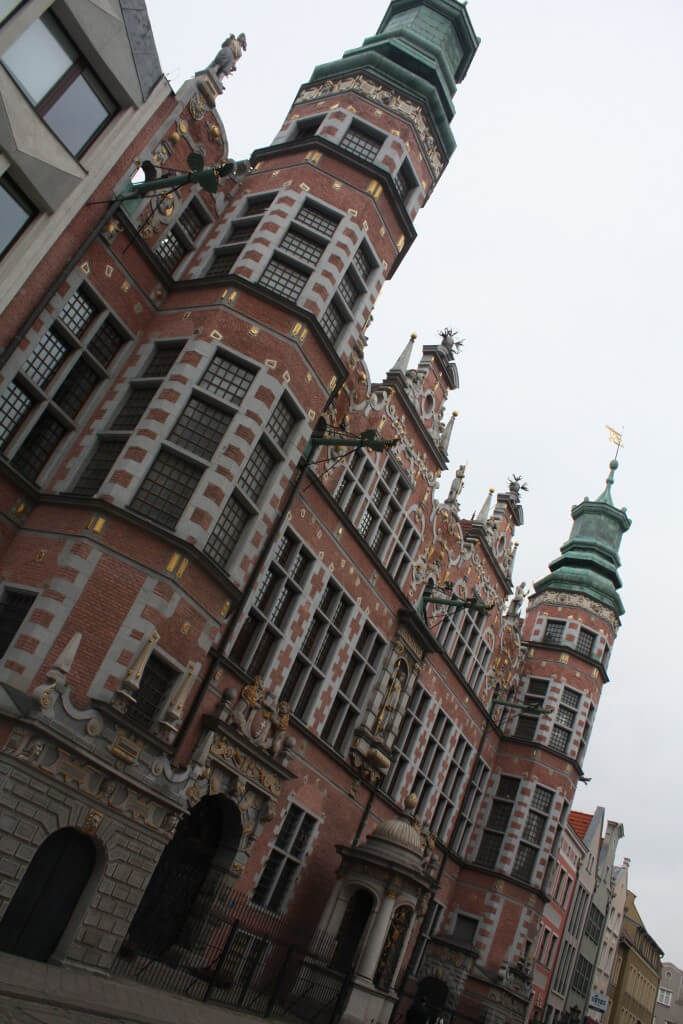
And, also absolutly important: in 1980 the union “Solidarność” was founded by Lech Wałęsa (who still has his office within the Green Gate of Gdańsk). Because of high meat prices, a strike on the Lenin Shipyard was initiated. Later, the union became an important player for the change, that opened the Iron Curtain and connected Poland to the west.
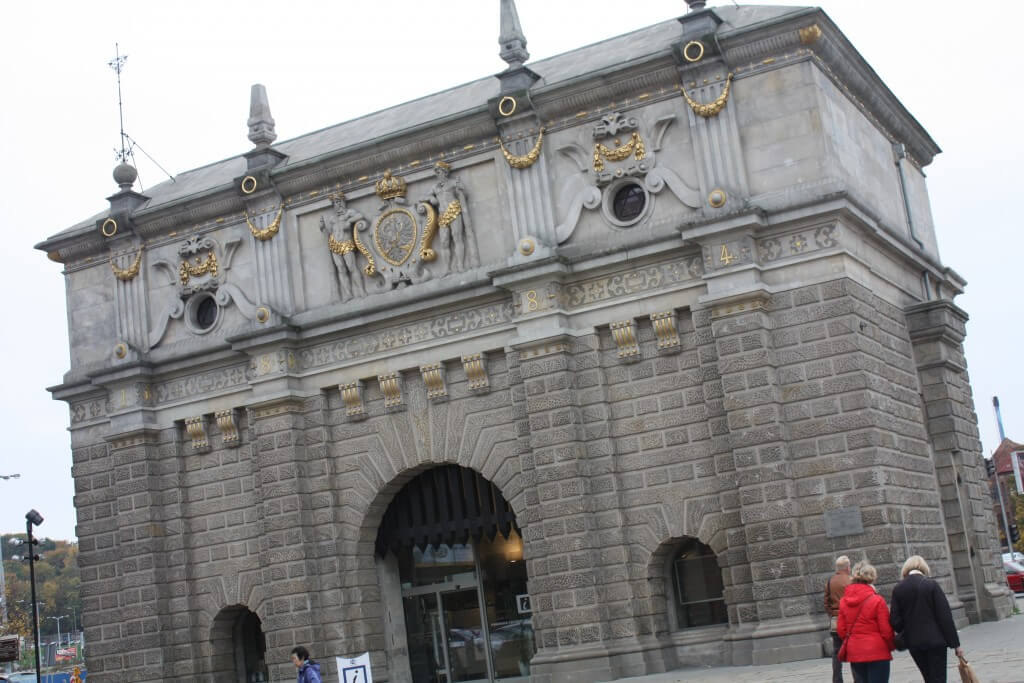
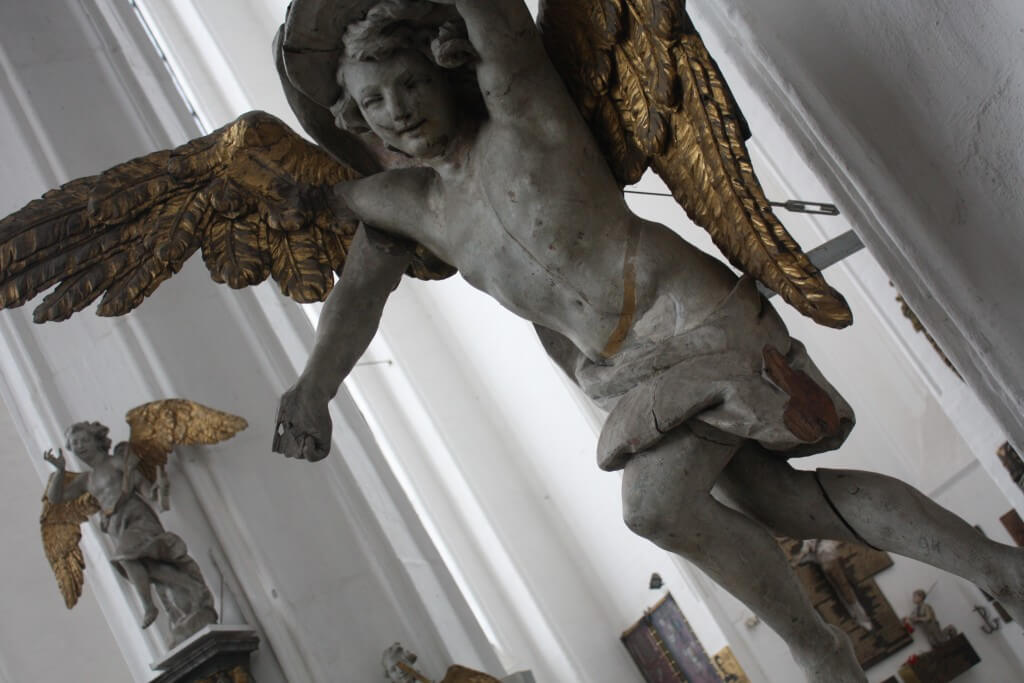
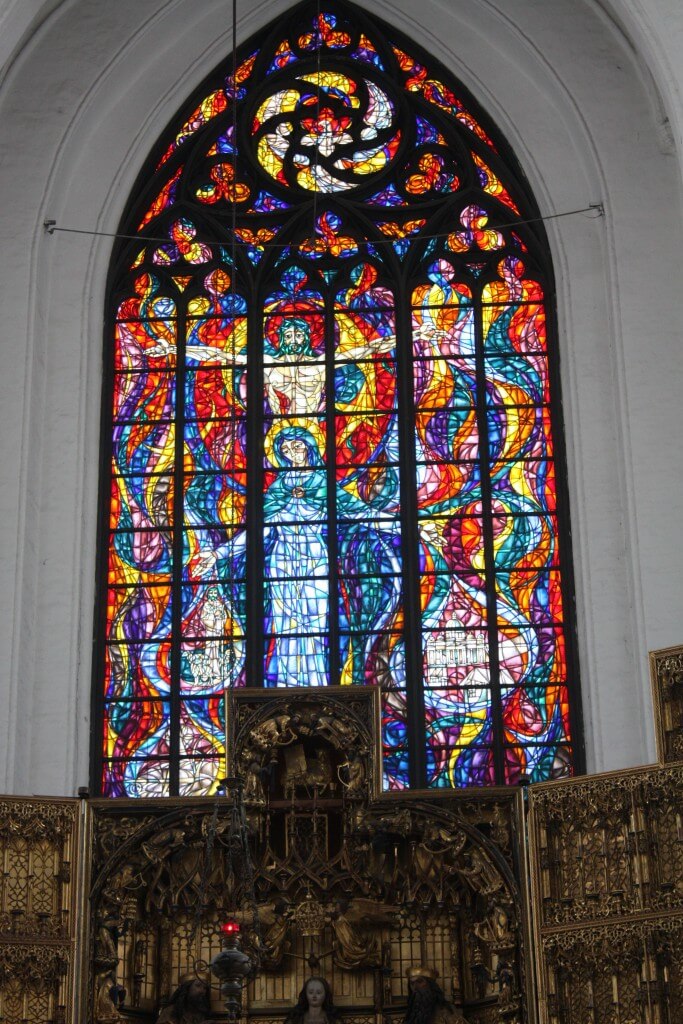
In Gdańsk you can discover the city of Günter Grass’s “The Tin Drum”, try original Gdańska wódka (“Goldwasser”, a liquor with gold leaf flakes) and you should definitely make use of the near shore and have some herring. You can discover the most important parts of Gdańsk an foot starting on Długi Targ. One street to the north you’ll find Bazylika Mariacka Wniebowzięcia Najświętszej Maryi Panny (“Marienkirche”), near the water in the east is the city’s landmark: the medieval port crane “Żuraw” over the river Motława. Remember to also go to the Lenin Shipyard, Westerplatte and nearby Malbork.
Gdańsk
Poland
Loading map...

